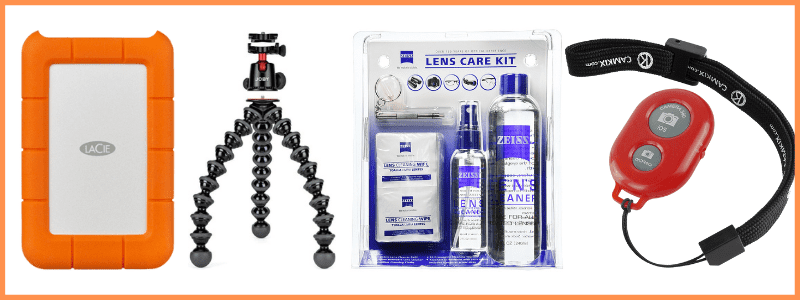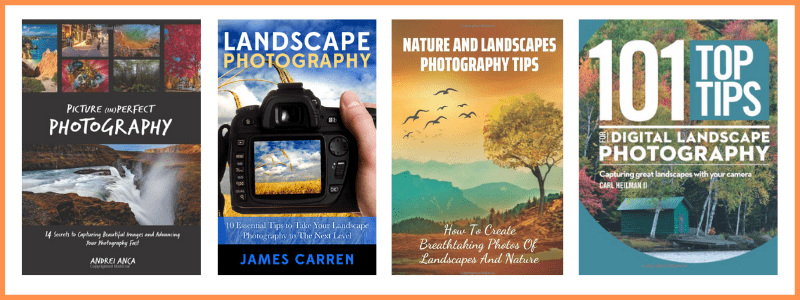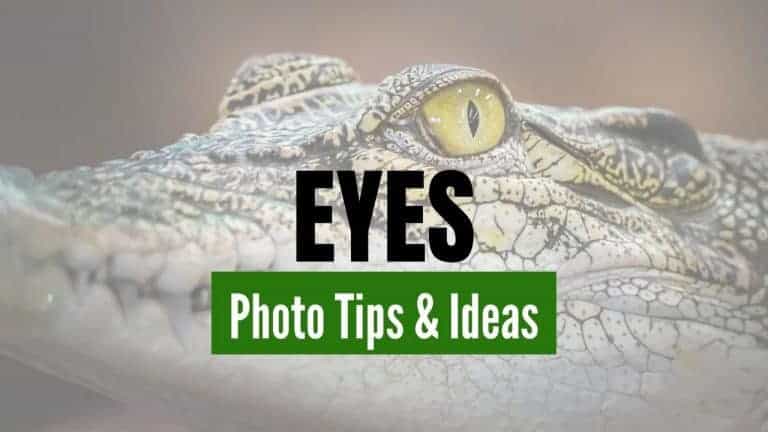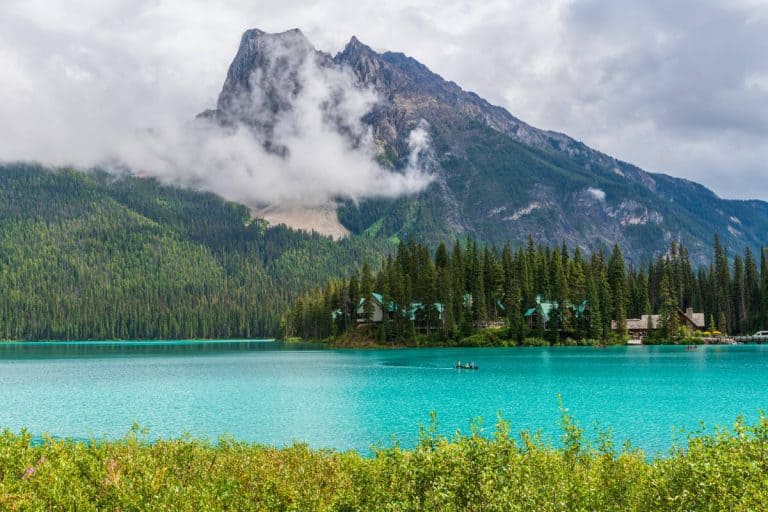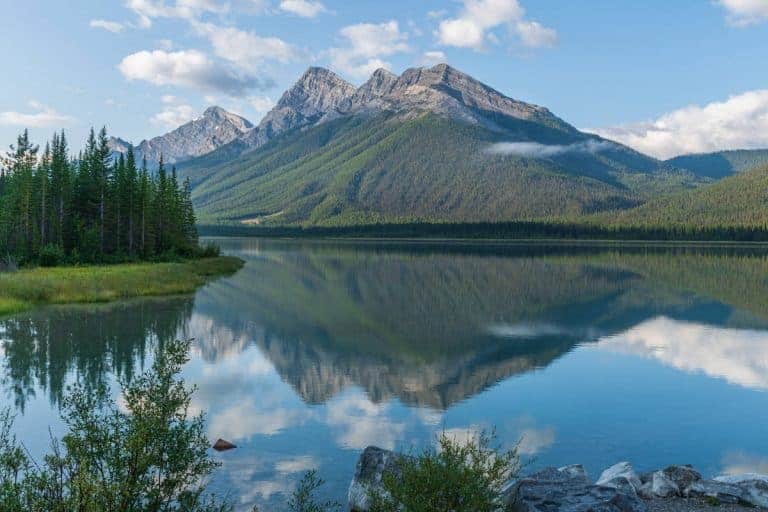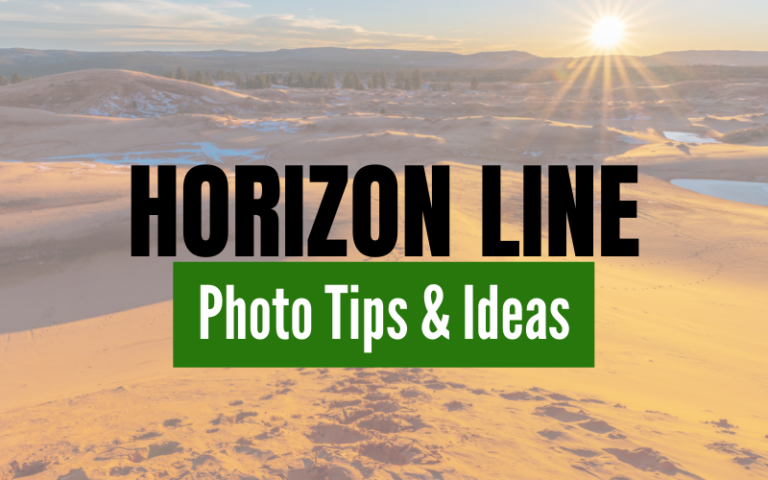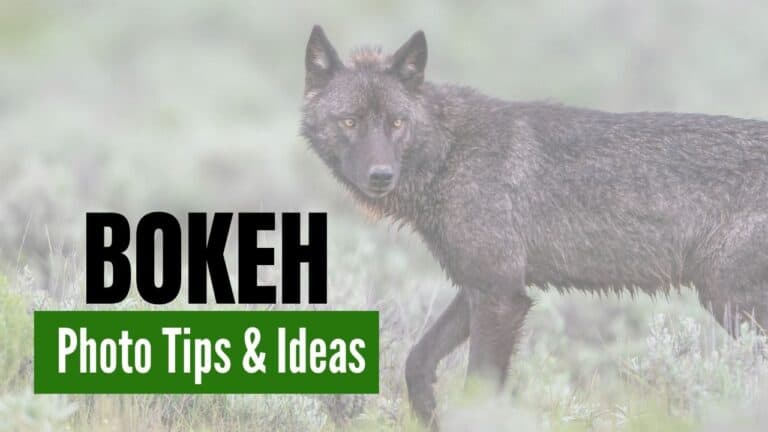Negative Space Photography Ideas and Tips
Take a look at these negative space photography ideas and tips to understand the concept and how to use it when taking photos.
Use these tips in addition to basic photography techniques to take your own pictures that use the negative space technique.
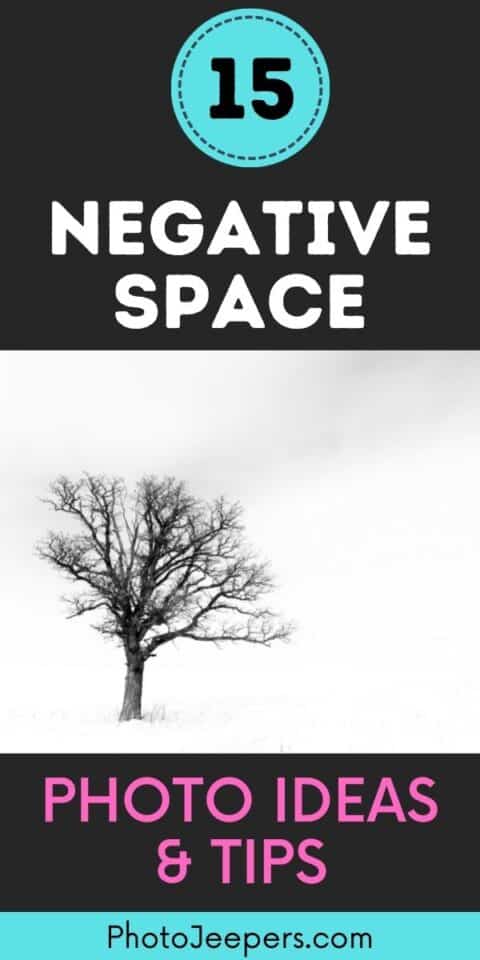
The term Negative Space in photography refers to the elements or portions of a photograph that are empty. These are areas in an image that do not require the viewer to process or evaluate them and are essentially areas of rest.
The parts of a photograph that contain subjects or elements of interest are referred to as Positive Space. In contrast these parts of an image draw the viewer’s eye and attract evaluation and interest.
This site contains affiliate links which means WE may receive commissions for purchases made through these links. We only provide links to products we actually use and/or wholeheartedly recommend! As an Amazon Associate, we earn from qualifying purchases. Read the full Disclosure Policy.
Camera Gear for Landscape Photography
- Tripod: take a look at these compact and lightweight travel tripods!
- Camera Bag: protect your camera from sand and water → We use Lowepro camera backpacks for outdoor photography.
- Neutral density filter: to compensate for variance of light you’ll need to use a neutral density filter. → Check out the Kase magnetic filters we use!
- Camera cleaning kit: remove dust or water that WILL get on your lens. NOTE: this is not for cleaning the sensor.
- Memory cards: purchase name brand memory cards since you’re trusting your images to the card! → We use Lexar and Sandisk!
- External hard drive: copy photos to a portable external hard drive ‘just in case’.
- Headlamp: use when taking sunrise and sunset photos!
Camera Gear at B&H Photo
Negative Space Photography Ideas
Positive Space elements carry a lot of visual weight in a photograph and Negative Space elements carry less visual weight.
In terms of compositional balance more Negative Space is required to balance the visual weight of Positive Space.
Some commonly used Negative Space elements are sky, water and grass or vegetation.
In utilizing Negative Space in a composition you may ask yourself two questions:
- One: What is the subject of the photograph, and what do I want to emphasize or express?
- Two: How can I create or use negative space to focus attention on my chosen subject or expression?
Take a look at these photography ideas using negative space shared by members of our Facebook Group, Your Photography Journey.
Minimalism
Minimalism in photographic composition has become very popular in recent years. It is an artistic style emphasizing simple compositions and subjects balanced by heavy usage of negative space. In this style negative space directs attention to a singular or simple subject element.
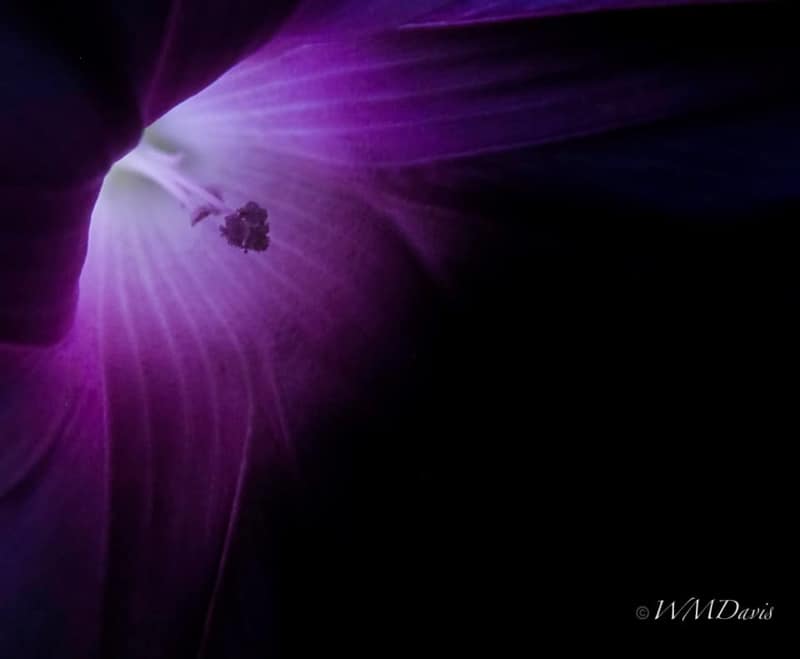
William Davis incorporates negative space in his minimalist approach to the above composition. The tonal contrast between the Positive and Negative space in the image enhances the power of the minimalist mood and draws interest to the subject.
Cindy Coombs’ dramatic minimalist photograph also illustrates the power of Negative Space in an image.
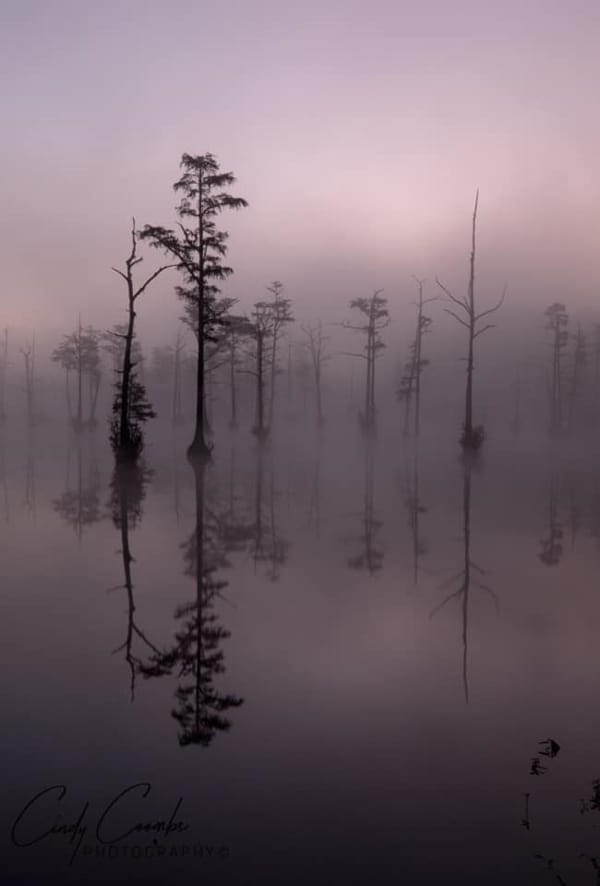
The foggy Negative Space in the sky and reflection isolates the subject elements and creates an eerie mood.
Contrast
The contrast between Positive and Negative Space is a powerful tool for centering attention on a specific element, subject or area of a photograph.
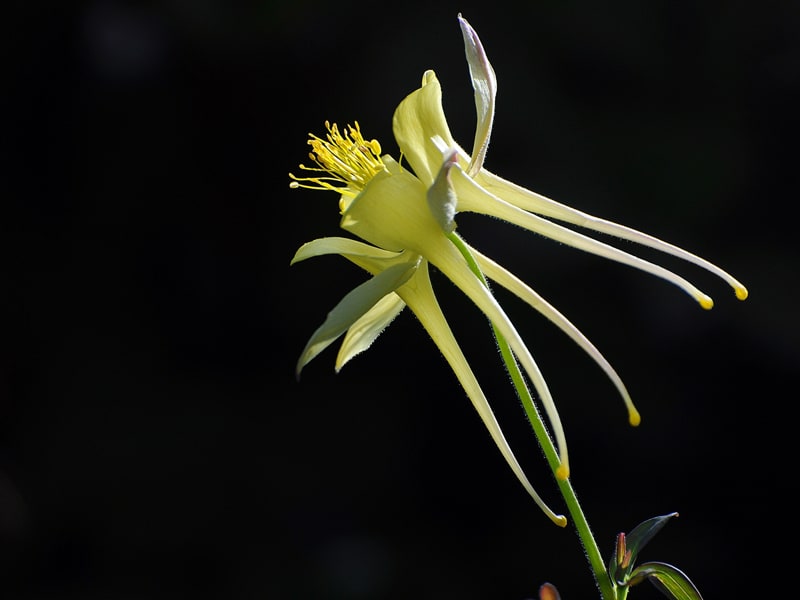
Jeff Hall illustrates the impact of contrast by showcasing the emptiness of negative space and the color of positive space.
Monte Hill uses Negative Space to direct attention to a broad element in this striking photograph.
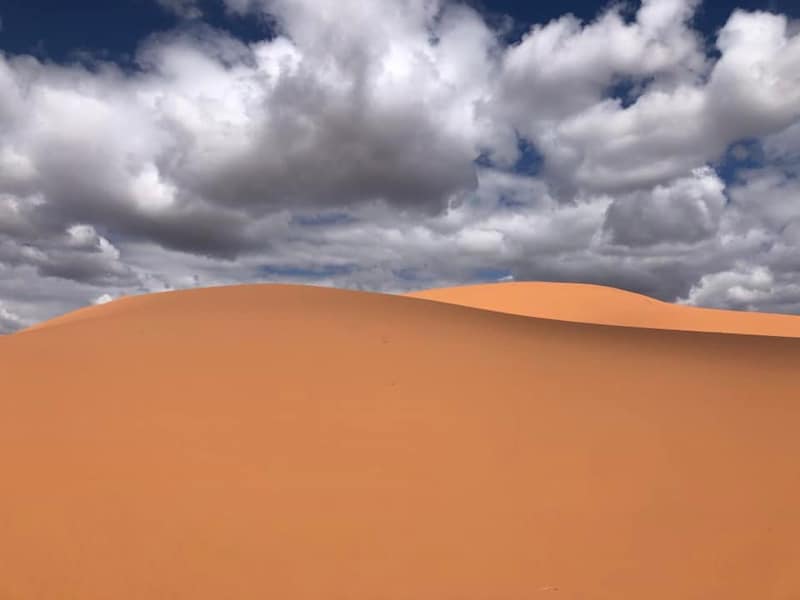
The emptiness and lack of detail in the foreground and midground elements centers focus on an interesting and textured sky in the background.
Moving Subject
Negative Space is a crucial element in establishing balance and interest in a composition with moving subject matter. When viewing an image of a moving subject, we can feel the direction and action of the movement.
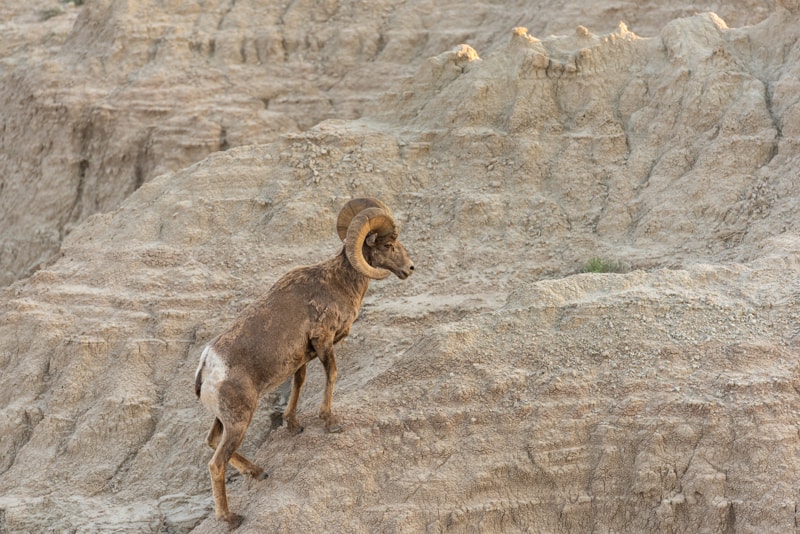
The viewer needs to see space to accommodate the direction of the moving subject within the frame of the image. In the image above by David Joyner, there is room for the big horn sheep to move up and to the right.
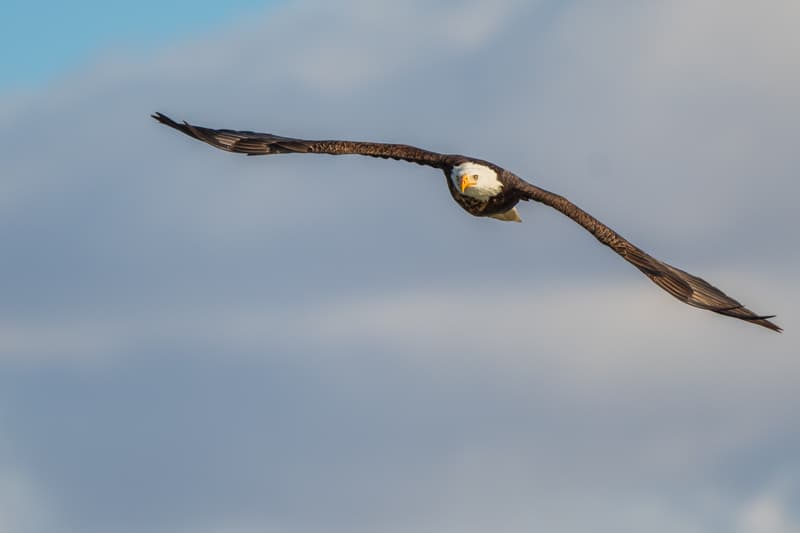
This photograph by David Joyner of a bald eagle in flight is another illustration of providing space within a composition to accommodate the direction of the subject’s movement.
Gazing Subject
As with a composition emphasizing a moving subject, Negative Space is a crucial element in establishing balance and interest in a subject that is looking in a direction or focusing on something.
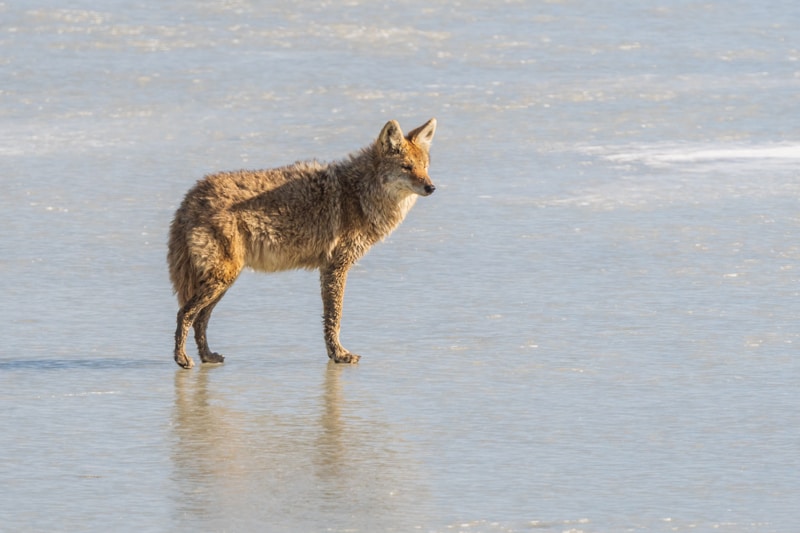
When viewing an image of a focused or gazing subject, we can feel the direction and focus of the subject’s attention by looking at the eyes.
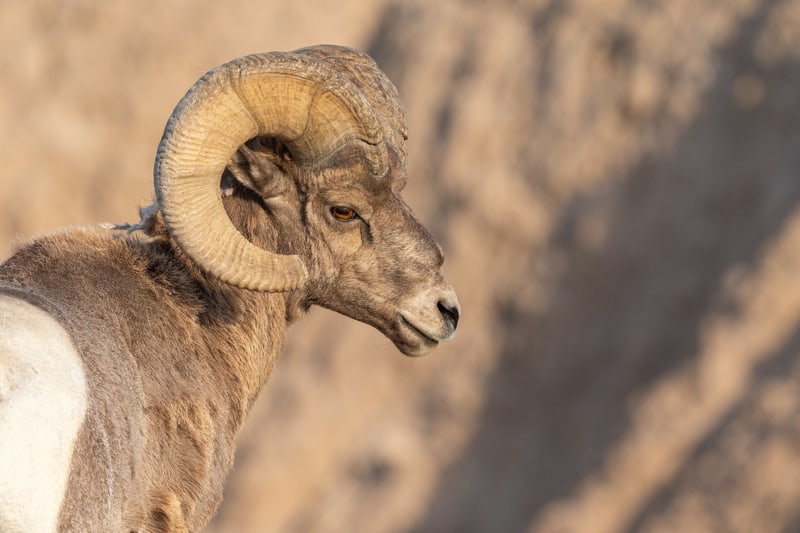
We need space within the frame that allows our imagination to accommodate for that direction and focus. When photographing wildlife, use Negative Space to provide for the gaze of the subject.
Sense of Scale
Negative Space is a great tool for establishing a sense of scale in a photograph. A lot of Negative Space around subject elements will make them feel small in comparison to the environment.
In contrast, Negative Space may also be used to make subjects seem larger within their environment.
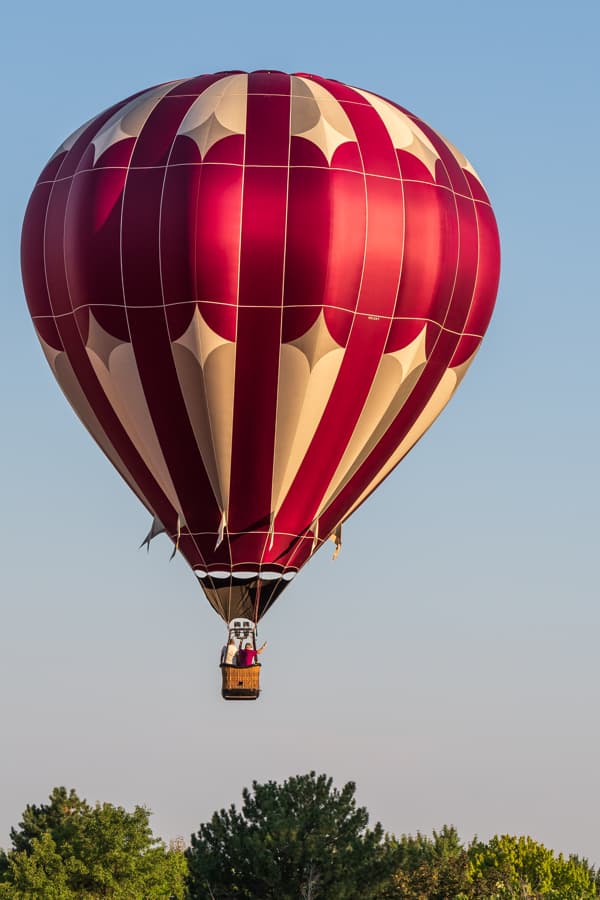
The large size of the balloon in the image above by David Joyner, is emphasized by the small amount of Negative Space surrounding it.
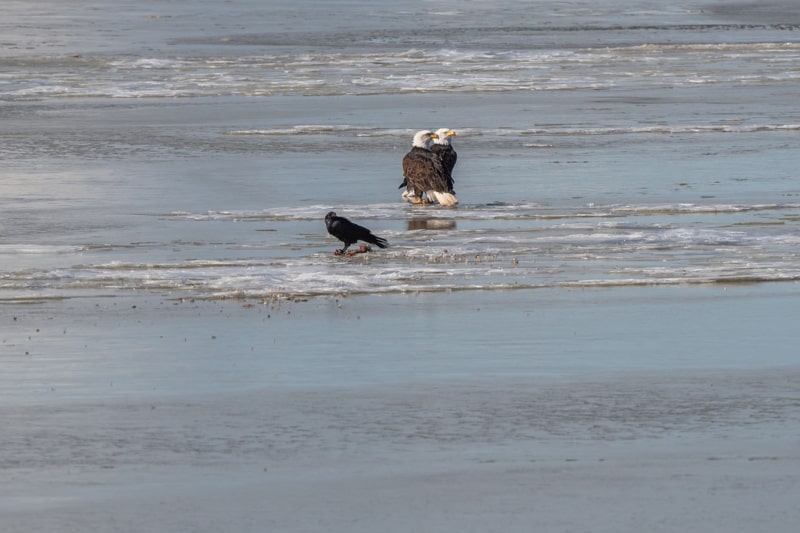
In this photo by David Joyner, look how the scale of the eagles within their environment is emphasized by the large amount of Negative Space surrounding them, making them seem small within it.
Positive Space vs Negative Space
Emphasizing the difference between Positive and Negative Space is a strong technique for establishing focus and interest within a photograph.
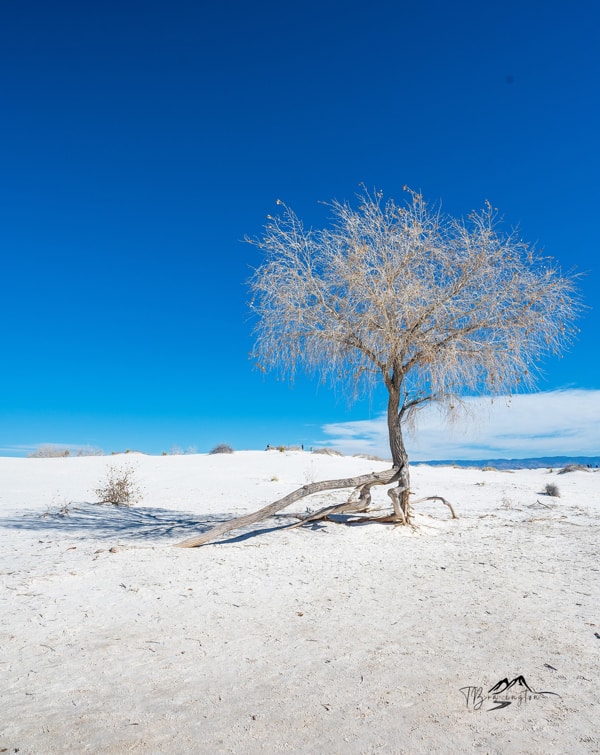
Tina Brasington’s stunning image establishes a strong subject within different layers of negative space. She uses the rule of thirds to place the tree along the right grid line to further emphasize the negative space around the tree.
Tim Bunce’s beautiful image is a great illustration of the impact negative space may have on a photographic composition.
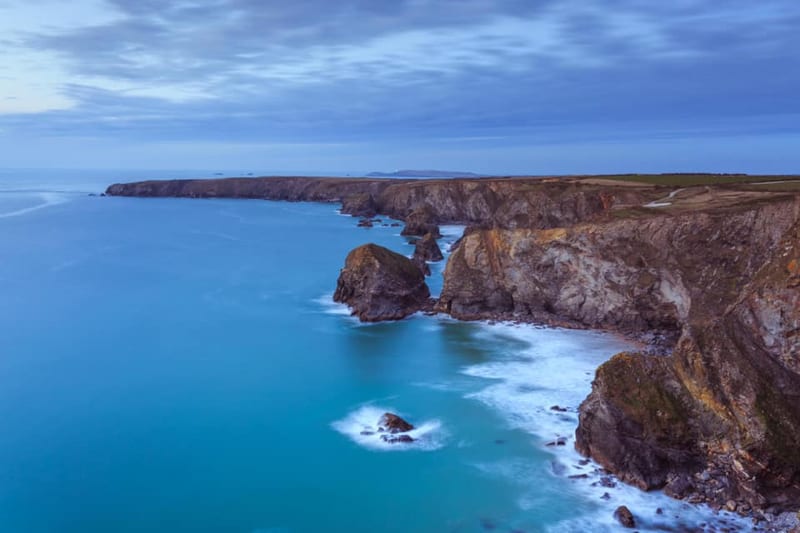
He uses color to to contrast the dark land from the blue water and sky. Tim has combined many of the basic photography techniques like horizon line, rule of thirds and leading lines into one well-composed photo!
AMAZON Landscape Photography Books:


